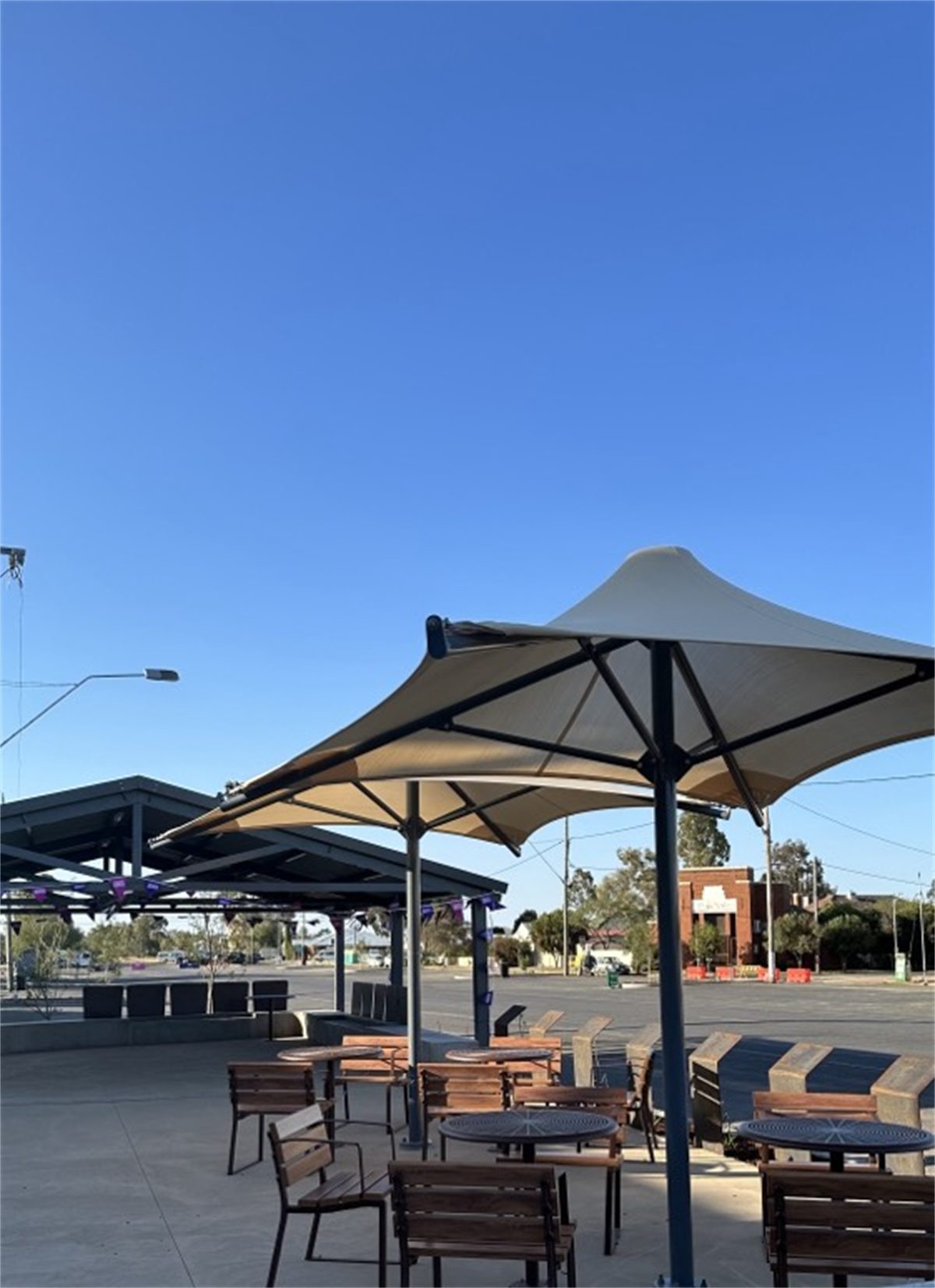Interviews, photos and b-roll of families returning to destroyed homes are available here.
Thousands of children and their families are on the move once again in North West Syria, where renewed violence and fears of a coronavirus outbreak have pushed them to look for safety elsewhere.
Since the ceasefire began on March 5, more than 200,000 people — at least half of them children — have moved from overcrowded displacement camps either to other displacement sites or to their damaged homes they had previously abandoned due to the conflict.
Families told Save the Children that they face an impossible decision — either to remain in the camps which are chronically ill-prepared for an outbreak of the coronavirus, or to take their chances returning to the damaged shells of their houses near the frontlines of the conflict.
In recent weeks, a new wave of violence in Southern Idlib has forced hundreds of these families to pack up their few belongings and leave their houses once again.
Ayman*, 56, was living in a displacement camp after being forced to flee his home in a village in Idlib with his children. He told Save the Children: “Because of coronavirus, we could not leave our tent, we were isolated this whole time. So, we thought it would be better to return to our home, my children and I, and isolate ourselves here.”
Many families like Ayman’s have returned to homes without running water or electricity. Children have no access to education or healthcare as many schools and hospitals have been destroyed, and a lack of electricity or internet in the area precludes them from remote-learning opportunities.
Waleed*, 50, had to flee Idlib city during an escalation of violence with his family of eight. They had to share a flat with three rooms with four other families. He said:
“The over-crowding was unbearable. So, during the ceasefire, I was forced to come [back to my home] with my children, who are very young. We came here and started cleaning up.
“The house is destroyed from the top and it is mostly damaged from its northern and eastern sides. Even the walls moved…15-20cm backwards. So, it feels as if the ceiling was lifted then fell back down.
The measures to isolate from coronavirus had started [in the camp] so we decided that the best solution was for my children and I to return and clean, here we have a room.”
These families are now in an even more precarious situation due to the economic instability and rapid depreciation of the currency. As the value of the Syrian Pound hits a record low, food prices are rocketing. The price of bread doubled in a week, leaving it – and other essentials – out of reach for many families.
Ayman showed his home, saying: “The house has been destroyed. You can see most of it has been damaged. This room is the only thing that’s left which could be rehabilitated. If I had money, I wouldn’t have come here but there isn’t any money now.”
Sonia Khush, Save the Children’s Syria Country Director, said:
“The plight of these children and their families is heart-breaking. They have had to escape intense fighting, living in unimaginable conditions, and are now forced to flee the threat of a deadly virus. They have nowhere to go but the rubble of their homes. Basic services are almost non-existent, jobs are hard to come by, and their savings are losing value by the day. Now with the threat of renewed violence, many have been thrown on the road in search of safety once again. This is inhumane.
“A COVID-19 outbreak in North West Syria would have unthinkable consequences. It’s crucial that aid workers can reach vulnerable children and families. The border crossings serve as a lifeline to more than four million civilians inside Syria – including two million children – the majority of whom cannot receive vital aid by any other means.”
With the looming spread of COVID-19, it is more important than ever that timely humanitarian assistance reaches families in need. Cross-border access continues to be the only meaningful way for humanitarian aid, which millions depend on, to reach children in North West Syria.
Save the Children and its partners are working across North West Syria to mitigate the risks of COVID-19 on children and their families, including physical and emotional maltreatment, social exclusion, mental health and psychosocial distress, gender-based violence, unaccompanied and separated children and child labour.
*Names changed to protect identities.






